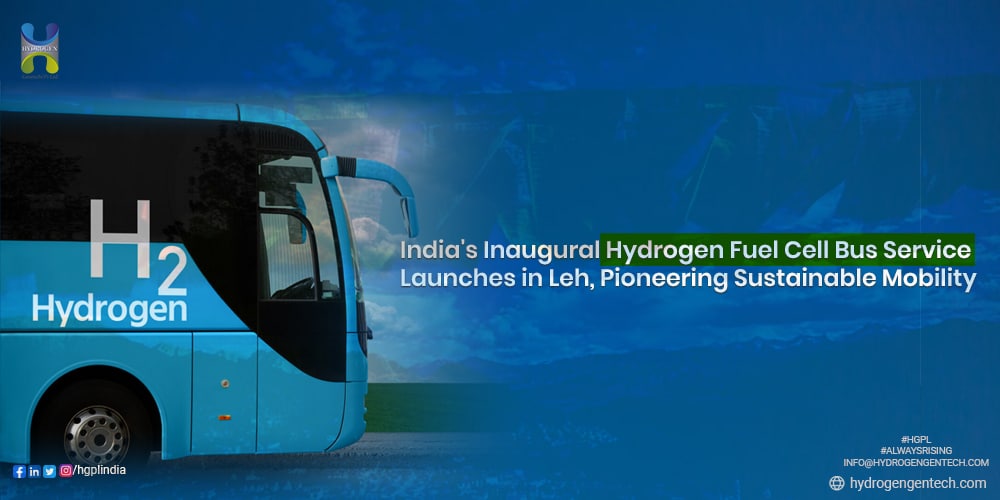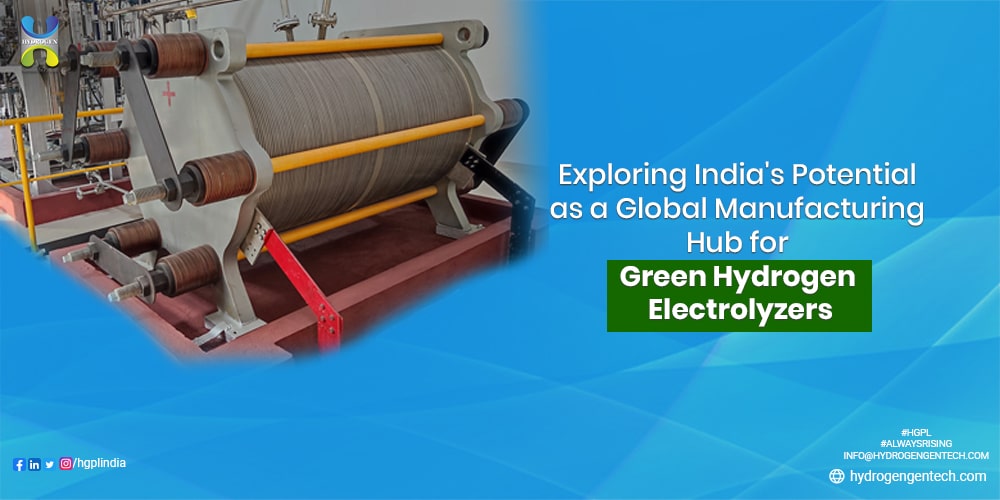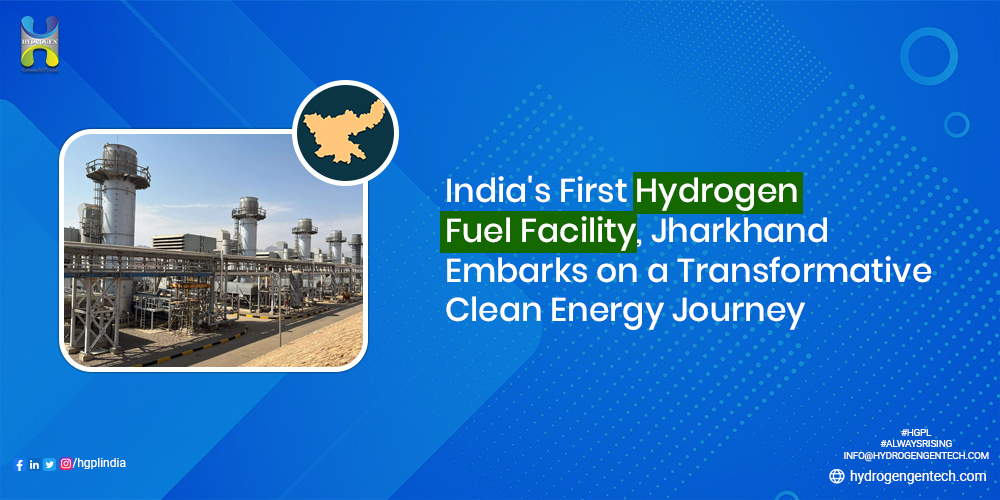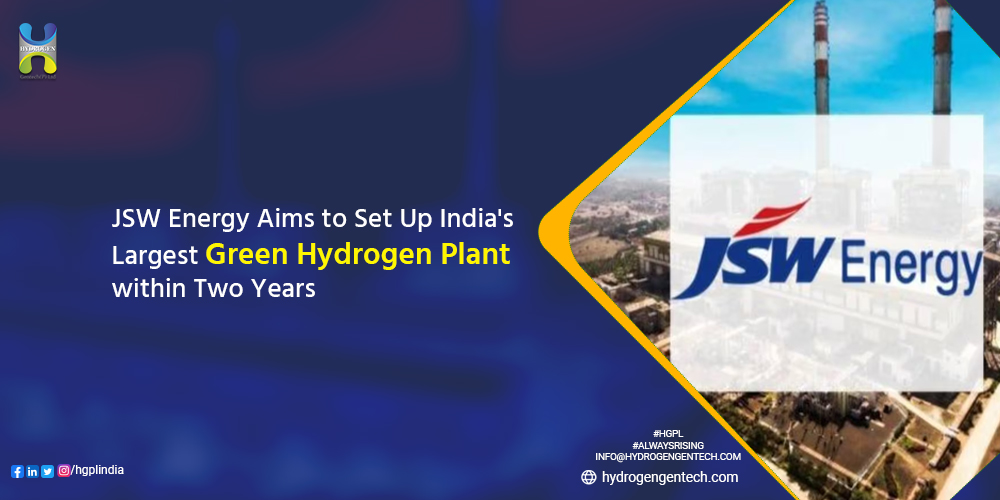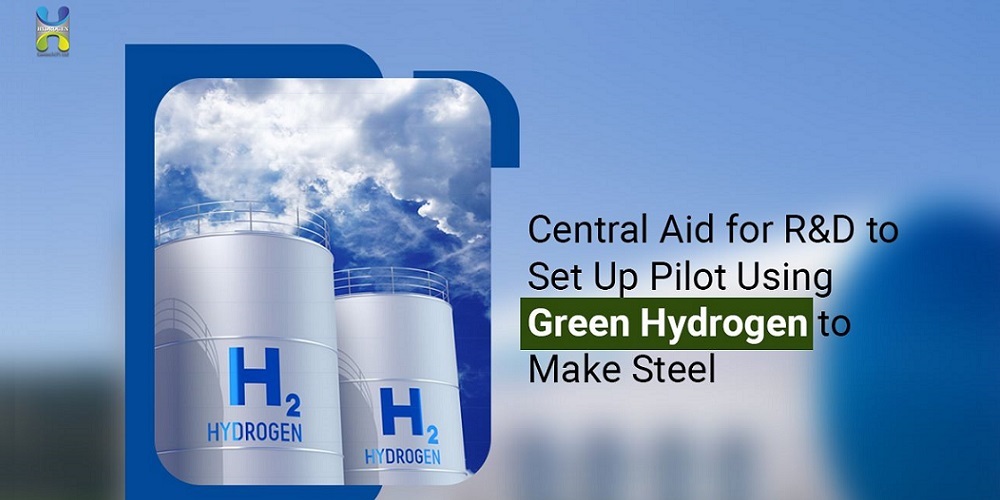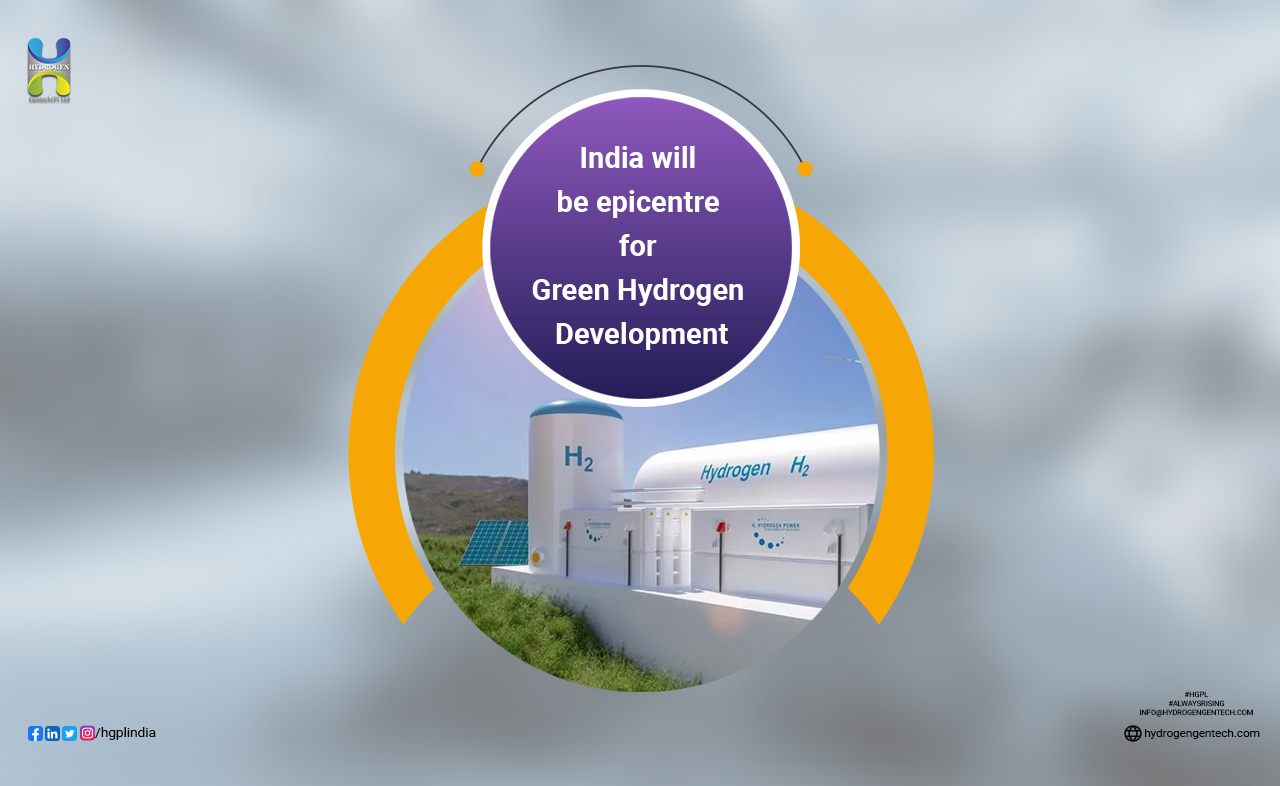Introduction
The energy sector is undergoing a transformative shift towards sustainable and eco-friendly fuel sources. One such innovation that holds immense promise is the blending of green hydrogen with natural gas. Green hydrogen, also known as renewable hydrogen, is produced through the electrolysis of water using renewable energy sources like solar and wind power. This clean and abundant source of energy has the potential to revolutionize various sectors, including industry, renewable energy, fuel, and mobility. In this article, we will explore the pioneering efforts of NTPC in blending green hydrogen with piped natural gas (PNG) and its implications for the energy industry.
The Need for Green Hydrogen Blending
The blending of green hydrogen with natural gas is driven by two major factors: energy security and decarbonization. As the world grapples with the challenges of climate change and reducing carbon emissions, finding sustainable and reliable sources of energy has become imperative. Green hydrogen offers a viable solution to these challenges by providing a clean and renewable fuel source that can be integrated into existing infrastructure, such as the PNG network.
NTPC’s Pilot Project in Surat
NTPC, India’s state-run power giant, has embarked on a groundbreaking pilot project in its Kawas township in Surat, Gujarat. This project, which has been running for the past nine months, is the first of its kind in India, blending green hydrogen with natural gas. The project is a joint effort between NTPC and Gujarat Gas Limited, a leading gas distribution company.
The pilot project aims to assess the feasibility and economic viability of blending green hydrogen with PNG. By blending up to 10 percent green hydrogen with the existing PNG network, NTPC aims to demonstrate that this solution can be more economical than conventional liquefied petroleum gas (LPG). Initial data shared by NTPC indicates that the cost of using 5 percent hydrogen blended PNG is Rs 63.95 per month lower than LPG, while for 10 percent blended PNG, the cost reduction stands at Rs 5.77 per month.
Benefits and Challenges of Green Hydrogen Blending
The blending of green hydrogen with PNG offers several benefits. First and foremost, it reduces carbon emissions, contributing to the global efforts to combat climate change. Green hydrogen is a clean fuel that produces only water vapor when burned, making it an environmentally friendly alternative to fossil fuels. Additionally, blending green hydrogen with PNG enhances energy security by diversifying the energy mix and reducing dependence on traditional fuel sources.
However, there are also challenges associated with green hydrogen blending. One of the key challenges is the cost of production and infrastructure development. While green hydrogen has the potential to be cost-competitive with conventional fuels in the long run, the initial investments required for electrolyzers and storage facilities can be significant. Additionally, scaling up production and establishing a robust supply chain will be crucial for the widespread adoption of green hydrogen blending.
Pilot Project Findings and Future Outlook
The pilot project conducted by NTPC has yielded positive results thus far. The gas composition at 5 percent blending showed perfect homogeneity, indicating that the blending process does not adversely affect the natural gas pipeline network. The material assessment of the PNG network also revealed no adverse effects on pipelines, burners, or rubber seals, further validating the feasibility of green hydrogen blending.
Looking ahead, NTPC plans to continue its efforts to optimize the blending process and explore the potential of scaling up production. The success of the pilot project in Surat paves the way for wider adoption of green hydrogen blending across the country. As technology advances and economies of scale are achieved, the cost of green hydrogen production is expected to decrease, making it a more viable and attractive option for various industries.
Hydrogen Gentech Private Limited (HGPL)
In the pursuit of green hydrogen, HGPL is an international technology-based manufacturer and supplier of hydrogen generation plants based in India. The company specializes in the development and implementation of green hydrogen generation, purification, and recovery technologies. With a clear focus on sustainable and eco-friendly solutions, HGPL is at the forefront of driving the adoption of green hydrogen in various sectors, including industry, renewable energy, fuel, and mobility.
Conclusion
The integration of green hydrogen into the energy industry has the potential to reshape the way we produce and consume energy. NTPC’s pilot project in Surat highlights the economic viability and environmental benefits of blending green hydrogen with PNG. As the world continues to prioritize sustainability and decarbonization, green hydrogen will play a crucial role in achieving these goals. With companies like HGPL driving innovation and technology advancements, the future of green hydrogen looks promising. As we transition towards a cleaner and more sustainable energy future, green hydrogen is poised to become a game-changer in the energy industry.



